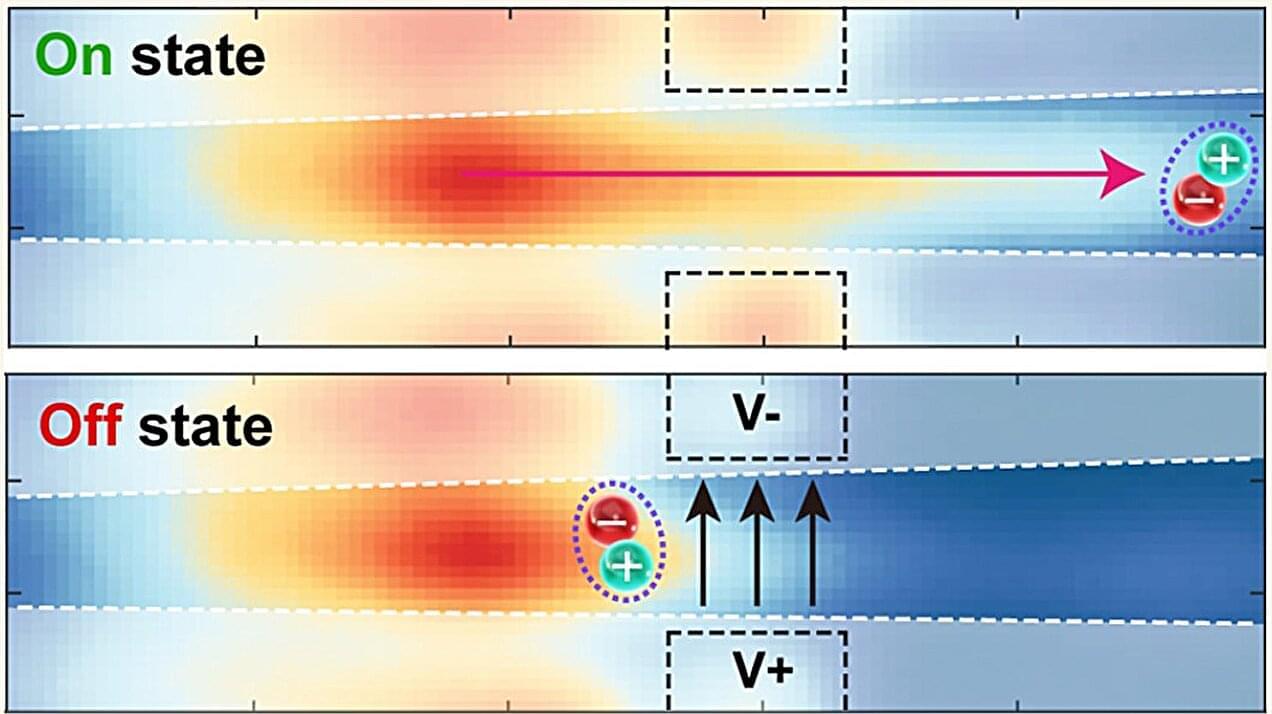Conquering aging via TRCS — the telomere DNA AND ribosomal DNA co-regulation model for cell senescence — bilu huang — CSO, fuzhuang therapeutics.
Bilu Huang (https://biluhuang.com/) is a visionary scientist dedicated to finding solutions to some of the most pressing challenges facing humanity. His interdisciplinary work spans multiple fields, including biological aging, dinosaur extinction theories, geoengineering for carbon removal, and controlled nuclear fusion technology.
Born in Sanming City, Fujian Province, Huang is an independent researcher whose knowledge is entirely self-taught. Driven by curiosity and a relentless pursuit of scientific exploration, he has achieved numerous research results through his dedication and passion for science.
As a talented theoretical gerontologist, he proposed the Telomere DNA and ribosomal DNA co-regulation model for cell senescence (TRCS) and he is now using this latest theory to develop biotechnology to rejuvenate cells which will be used to completely cure various age-related degenerative diseases and greatly extend human life at Fuzhuang Therapeutics (https://lab.fuzhuangtx.com/en/).
#Aging #Longevity #BiluHuang #FuzhuangTherapeutics #TelomereDNAAndRibosomalDNACoRegulationModelForCell #Senescence #TRCS #DinosaurExtinctionResearch #CarbonRemovalTechnology #ControlledNuclearFusion #TelomereDNA #RibosomalDNA #CellularAging #GeneticProgram #Telomere #P53







